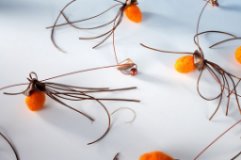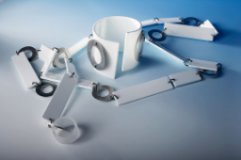Transform 2005
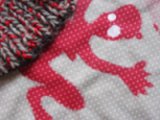
|
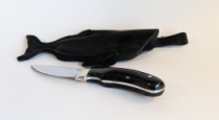
|
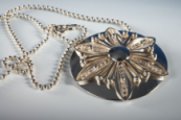
|






Iceland
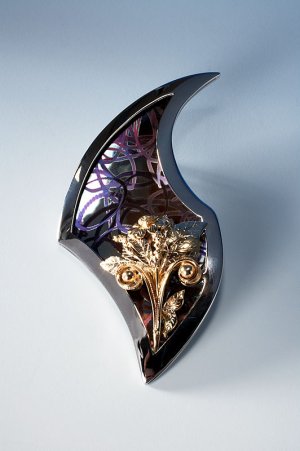
Filigree work in Iceland
To produce filigree is one of the oldest art techniques in the field of silver work known of in Iceland. Consequently, some have been tempted to claim that the tradition originated in Iceland. It is, however, a fact that the filigree tradition is wide spread all over the world and is older than the Icelandic population. Art historians believe that the filigree was introduced in Iceland in the early Middle age and originated in Byzantium and the Moors. Once again, this underlines how widely the Icelanders travelled at that time. Since then, the filigree has been a permanent element in the Icelandic handicraft.
Originally, the filigree consisted of fine silver threads that were twisted together. Often the twisted threads were bended to form rings that were soldered onto the foundation. Then the "jewellery" was granulated, i.e. little pearls were soldered on the filigree as an extra decoration. Today, filigree is most commonly produced from "drawn" and "screwed" thread. Þór Magnússon describes the process in the following way: "The thread was beaten thin and then put through a drawplate with increasingly smaller holes, until it had the right thickness. Hereafter, the thread was drawn between two wooden chocks to make it flat, and was finally put through a screw roller which would leave grooves across the sides … Then the "screwed" thread was ready to use for filigree; it was cut into suitable lengths and prepared with tongs."
Icelandic filigree is mentioned for the first time in sources from the 15th century on decoration of church furniture like chalices and wafer boxes. But it was not until the 18th and 19th centuries that it became really popular, especially due to the changes made in the Icelandic national dress. One of the most exclusive things from this period in Iceland is the so-called "women silver": belt buckles, decorative buttons on dresses and sleeves, silver cases for face decorations and brooches with filigree. The men only decorated themselves with silver buttons on vests and sweaters. Icelandic filigree - especially "women silver" - from this period is exhibited at museums in the Nordic countries.
In most of the European countries, for example Norway, Italy and Germany, the national filigree tradition was replaced by new directions within applied and decorative art in the beginning of 1900. In Iceland, however, the tradition experienced a revival due to the reinforced nationalism arising around 1930 when the Icelanders celebrated the millennium of the foundation of the Althing. The filigree national tradition actually flourished so much that this was at the expense of another Icelandic silver work tradition - a situation which did not change until after World War II and the Icelandic independence in 1944.
Even Icelandic gold and silver smiths like Baldvin Björnsson (1879-1945) and Finnur Jónsson (1893-1993), who had studied and learned the trade in more progressive countries in the first half of the 20th century, realised that the Icelandic population would only buy the traditional filigree or other objects containing national symbols. Therefore, it seems reasonable to claim that to some extent the national filigree restrained the natural development of the gold and silver work in Iceland.
Not until the 1950's did the floodgates open to this and other areas of the Icelandic cultural life. New tendencies including representatives like the goldsmiths Leifur Kaldal, Ásdís Thoroddsen, Jóhannes Jóhannesson and Jens Guðjónsson pushed the traditional filigree aside, resulting in it subsequently playing a more peripheral role in the Icelandic handicraft. In other countries, such as Norway, the filigree is, however, enjoying a renaissance among young gold and silver smiths.
Bryggen exhibits the work of Icelandic goldsmiths and other artists, and this clearly shows the degree to which a deliberate attempt to integrate the Icelandic filigree tradition into present jewellery art is present.
Aðalsteinn Ingólfsson
Participants: |
|||
| Halla Bogadóttir | Jewelry | ||
| Páll Sveinsson | Jewelry | ||
| Dýrfinna Torfadóttir | Jewelry | ||
| Johannes Lagenbacher | Jewelry | ||
| Ása Gunnlaugsdóttir | Jewelry | ||
| Guðbjörg Kr. Ingvarsdóttir | Jewelry | ||
| Helga Ósk Einarsdóttir | Jewelry | ||
| Hulda B. Ágústsdóttir | Jewelry | ||
| Dóra Jónsdóttir | Jewelry | ||
| Lára Magnúsdóttir | Jewelry | ||
| Harpa Kristjánsdóttir | Jewelry | ||
| Sif Ægisdóttir | Jewelry | ||
| Tina Jezorski | Jewelry | ||
| Þorbergur Halldórsson | Jewelry | ||
| Kjartan Örn Kjartansson | Jewelry | ||
| Eggert Feldskeri | Furs | ||
